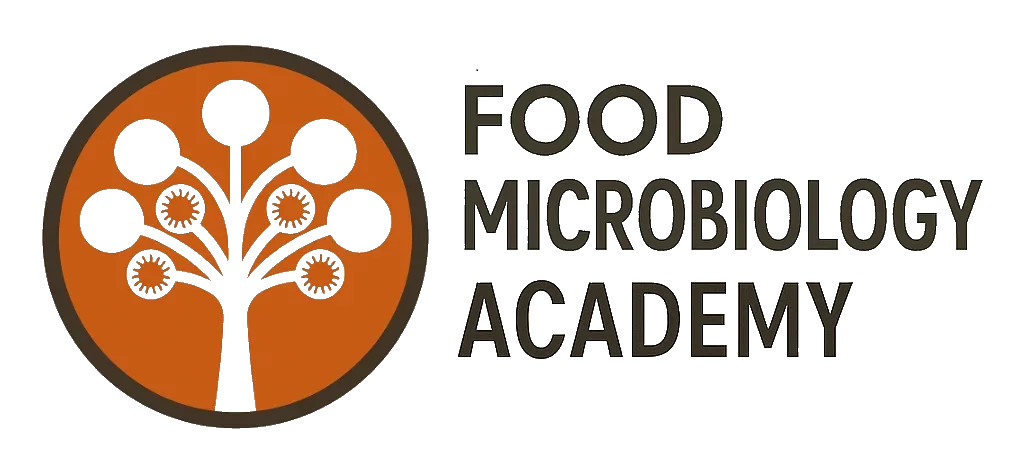Food safety regulations of the world – Part 6, South America.
Wednesday this week, June 7, was World Food Safety Day. The World Health Organization has stated this year’s theme was “Food standards save lives”. To provide an introductory overview of the food safety regulatory framework around the world, we are giving an overview each day this week of the food safety regulations in the three most populous countries on each inhabited continent. This is part 6 of 6, South America, where we look into Brazil, Columbia and Argentina. Food safety regulations in Brazil – Brazilian Ministry of Agriculture, Livestock, and Food Supply (MAPA) and the Brazilian Health Regulatory Agency (ANVISA). Here are some key aspects of food safety regulations in Brazil: Food safety regulations in Colombia – Colombian Ministry of Health and Social Protection (Ministerio de Salud y Protección Social) and the Colombian Agricultural Institute (Instituto Colombiano Agropecuario – ICA). Here are some key aspects of food safety regulations in Colombia: Food safety regulations in Argentina – Argentine Food Safety and Quality Service (Servicio Nacional de Sanidad y Calidad Agroalimentaria – SENASA) and the National Administration of Medicines, Food and Medical Technology (Administración Nacional de Medicamentos, Alimentos y Tecnología Médica – ANMAT). Here are some key aspects of food safety regulations in Argentina:



